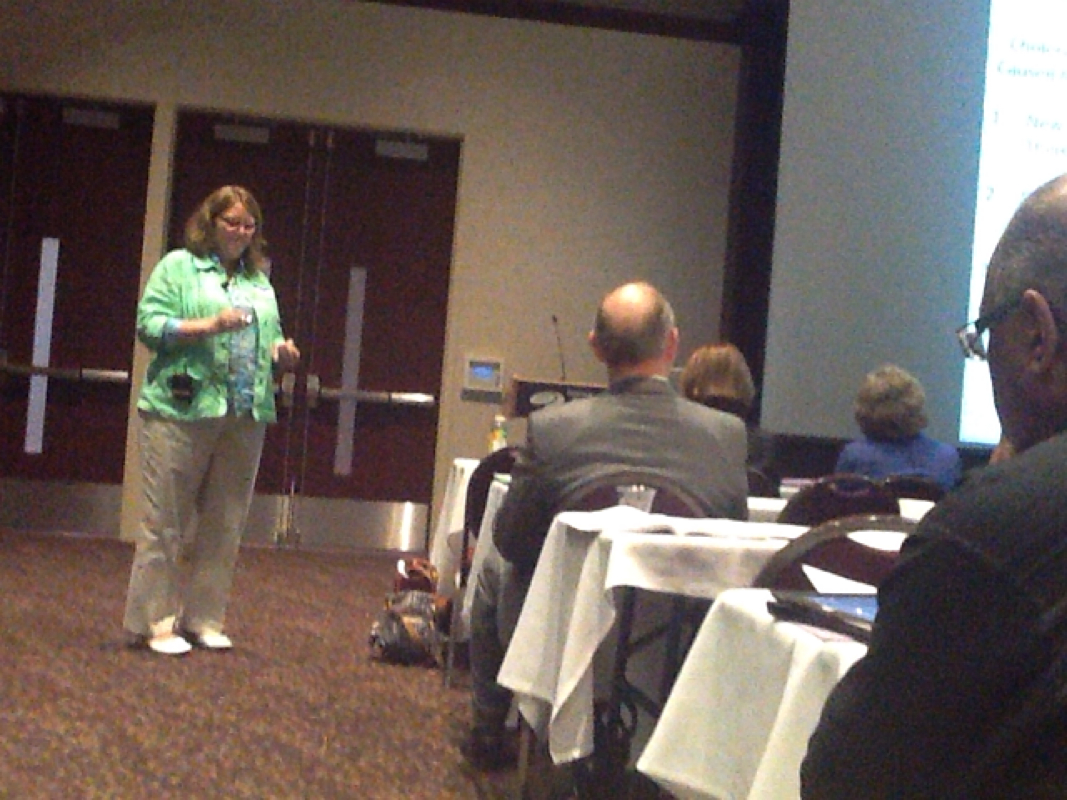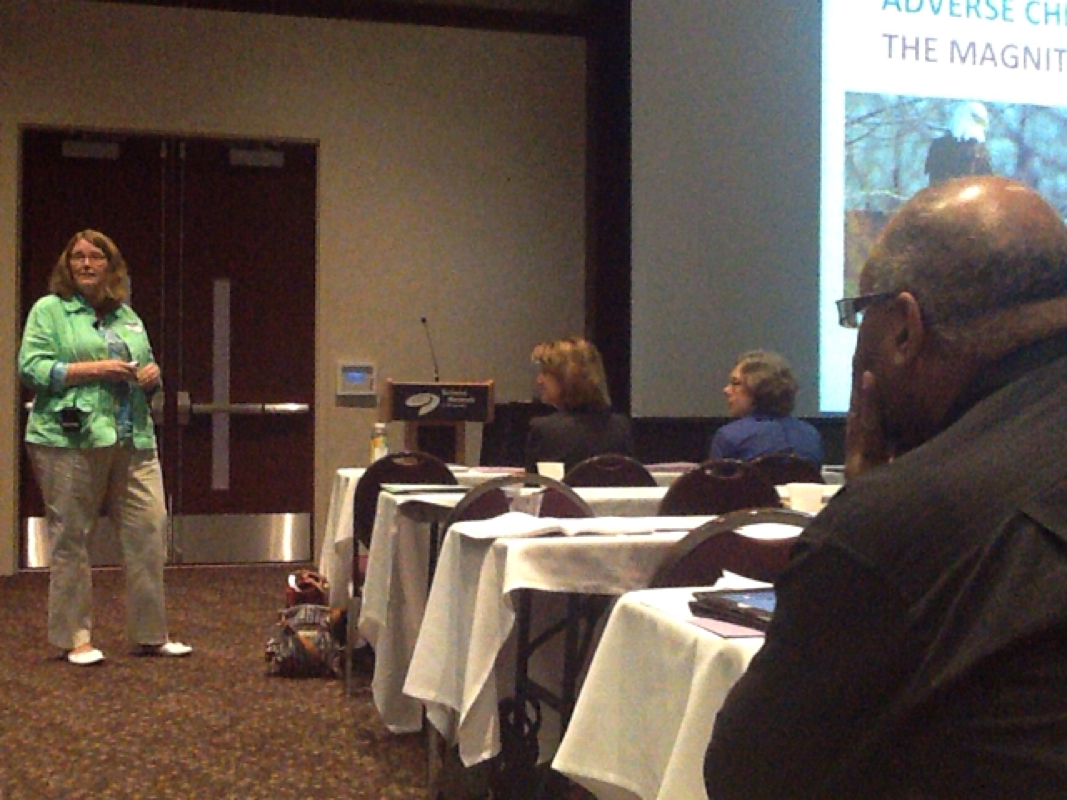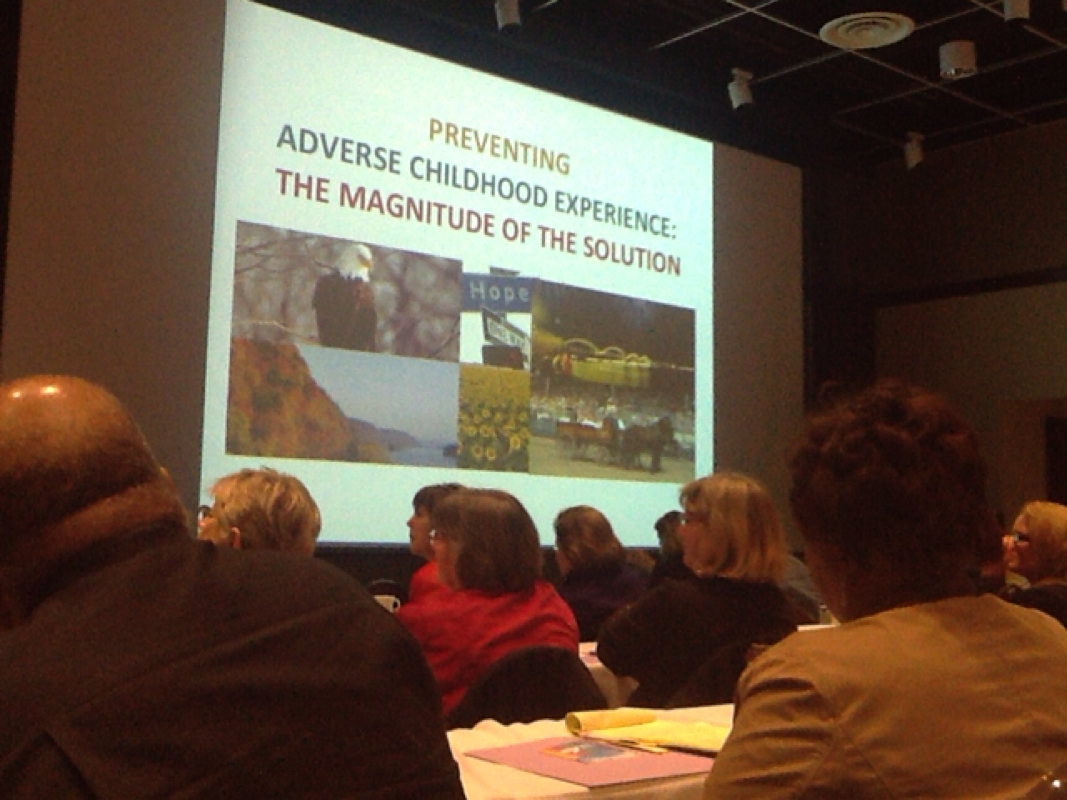|
In 1973 Mary Rowe, while working for the President and Chancellor at MIT, coined the notion of micro-inequities, which she defined as “apparently small events which are often ephemeral and hard-to-prove, events which are covert, often unintentional, frequently unrecognized by the perpetrator, which occur wherever people are perceived to be ‘different.’ " Examples of micro-inequities include:
checking emails or texting during a face-to-face conversation consistently mispronouncing a person's name interrupting a person mid-sentence making eye-contact only with males while talking to a group containing both males and females taking more questions from men than women confusing a person of a certain ethnicity with another person of the same ethnicity rolling your eyes sighing loudly raising your voice, even though the other person has no difficulties hearing you mentioning the achievements of some people at a meeting but not others whose achievements are equally relevant consistently ignoring a person's emails for no good reason only reading half of a person's email and then asking the person about the content later making jokes aimed at certain minority groups being completely unpredictable in your grading of certain people's term papers issuing invitations that are uncomfortable for certain groups (“Please feel free to bring your wife,” "There is a link below to childcare options for female speakers who plan to bring their children," “There will be a belly-dancer at the party,“ "Our annual Christmas party will be held on December 18,” "Please bring pork chops to the potluck dinner") http://www.psychologytoday.com/blog/the-superhuman-mind/201304/micro-inequities-40-years-later Dr. Powel says it, you can read it from another voice.
Integrating Rich and Poor Matters Most Richard D. Kahlenberg, a senior fellow at The Century Foundation, is author of "All Together Now: Creating Middle-Class Schools through Public School Choice" and the editor of "The Future of School Integration: Socioeconomic Diversity as an Education Reform Strategy." UPDATED MAY 21, 2012, 12:16 PM Fifty-eight years after Brown v. Board of Education was decided, segregated schools – particularly those segregated by economic status – remain wholly unequal. While the news media routinely shower attention on high-poverty schools that work, research shows that middle-class schools are 22 times more likely to be high performing than high-poverty schools. Poor children can learn to high levels, but they are much more likely to do so if they are surrounded by peers with big dreams, a community of parents who are in a position to volunteer in class and know how to hold school officials accountable and talented teachers with high expectations. We need zoning that lets low-income families live in middle-class areas, money for magnet schools and incentives for middle-class schools to welcome low-income students. These conditions are much more likely to be found in middle-class schools. It also explains why low-income students, given the chance to attend more affluent schools, tested two years ahead of low-income students stuck in high-poverty schools, on the fourth grade National Assessment of Educational Progress in mathematics. Controlling for the issue of self-election, research in Montgomery County, Md., found that low-income students randomly assigned with their families to public housing units in low-poverty neighborhoods and schools performed much higher in math than comparable students assigned to higher-poverty neighborhoods and schools – even though the latter spent $2,000 more per pupil. Socioeconomic integration is being pursued in 80 school districts throughout the country, educating 4 million students, with very positive results. Well-designed plans don’t rely on compulsory-style busing like that used in the 1970s but instead on voluntary choice, and incentives like magnet schools. Socioeconomic integration policies avoid the legal problems associated with using race in student assignment. Ninety-five percent of education reform is trying to make “separate but equal” work, but far more effective are policies that return to 19th century educator Horace Mann’s very American idea of the “common school,” where rich and poor sit together and schools seek to provide genuinely equal opportunity. To reinvent the common school today, we need better zoning policies that allow low-income families to live in middle-class neighborhoods, more funding for magnet schools that voluntarily produce integration and financial incentives for middle-class schools to welcome low-income students who wish to attend. Join Room for Debate on Facebook and follow updates on twitter.com/roomfordebate. California news reel, raising america documentary
http://www.raisingofamerica.org/project #power4babiesMN The Raising of America will reframe the way we look at early child health and development. This ambitious documentary series and multimedia initiative by the producers of UNNATURAL CAUSES: Is Inequality Making Us Sick? explores how a strong start for all our kids leads not only to better individual life course outcomes (learning, earning and physical and mental health) but also to a healthier, safer, better educated and more prosperous and equitable America. The Raising of America includes an hour-long documentary for PBS broadcast and video release, 6 shorter video learning modules, an online learning center and a national public engagement campaign. Preview work-in-progress footage from The Raising of America, scheduled for release Winter 2013/ 2014. Scientists are now beginning to understand how who we become is shaped not just by our genes but also by our interactions with the environment; As the Berkeley Media Studies Group puts it, "What surrounds us shapes us." Early experience, beginning in utero, affects how our genes express themselves, shaping the architecture of our developing brains, our metabolism and other regulatory systems—for better and for worse. What infants and toddlers need to thrive is no mystery: a safe, stable and stimulating environment. But too many of our babies enter life with the playing field already tilted against them. 24% of our children are born into poverty and 69% of those are children of color. They and their families face multiple adversities that threaten to "short circuit" the wiring of their developing brains with potential cumulative, long-term consequences. Working families face many pressures from long workweeks and commutes, stagnant wages and high costs of quality child care to the fear of losing a job or even a home. Too many parents and caregivers are squeezed by stressful and chaotic conditions. These stressors can 'drip down' on young children and trigger the release of toxic chemicals which can alter brain development and other systems which influence cognitive, socio-emotional and physical health through the life course. But the new scientific findings also suggest how changing public policies and strengthening communities can better protect and transform life prospects for all our children, especially our most vulnerable, while yielding huge, society-wide payoffs: lower medical and welfare costs, less violence and substance abuse, a better educated and more productive workforce and a narrowed achievement gap. The Raising of America and its ensemble of multimedia tools will help users break free of the conventional mentalist and family bubble paradigms and better understand why a nurturing child ecology is not only the right of every infant, it's the cornerstone for a healthier, stronger and more equitable future for our nation. <iframe src="http://player.vimeo.com/video/59185115" width="400" height="300" frameborder="0" webkitAllowFullScreen mozallowfullscreen allowFullScreen></iframe> |
Powered by  Translate TranslateAuthorAndre's purpose is to reconnect people to their Dignity and Honor in Being Human. Archives
June 2015
Categories
All
|
- Welcome
- Welcome 2023
- Speaker Request
- Contact Us
- The Center Page
- AMH ONLINE
- AMH Home
- Services
- Media
- Our Approach
- Outline
- SPECIALS
- Newspaper
- Infographics
- Methods for Change
- Store
- Downloads: Race
- Servant Leadership
- PRESENTATIONS
- Voice Thread
- Let's Keep Talking
- library_app
- Staff Training
- 2021 Home
- DEI Challenge Badge
- More Perfect Union
- New assessment





 RSS Feed
RSS Feed
